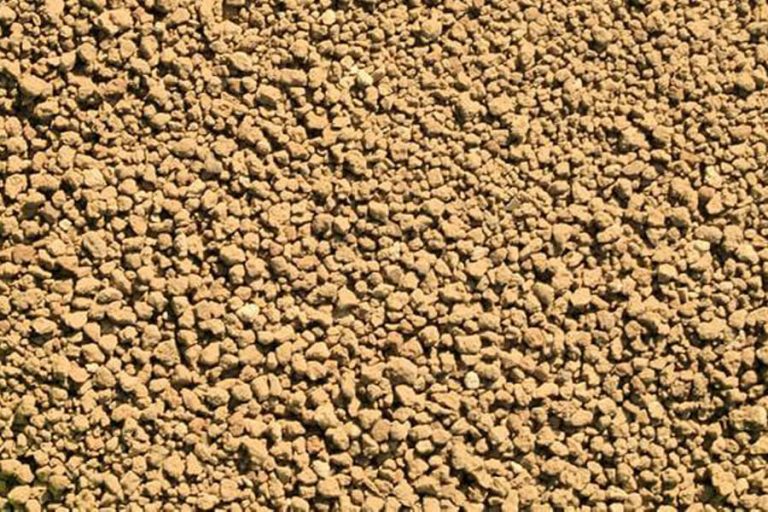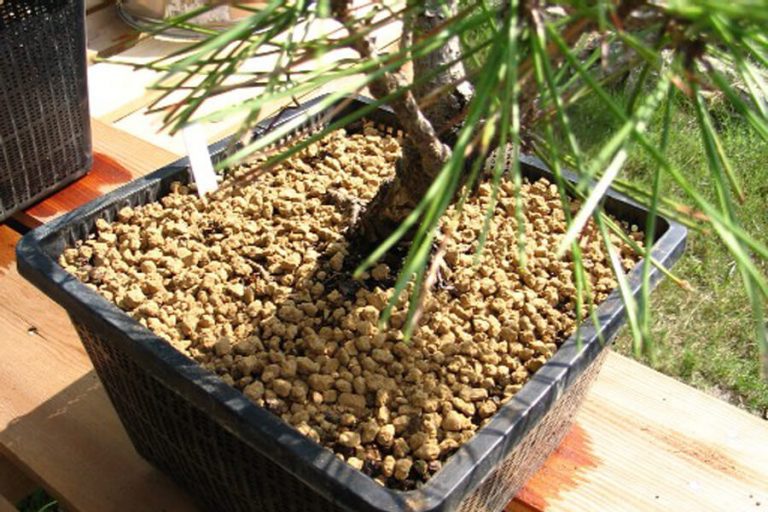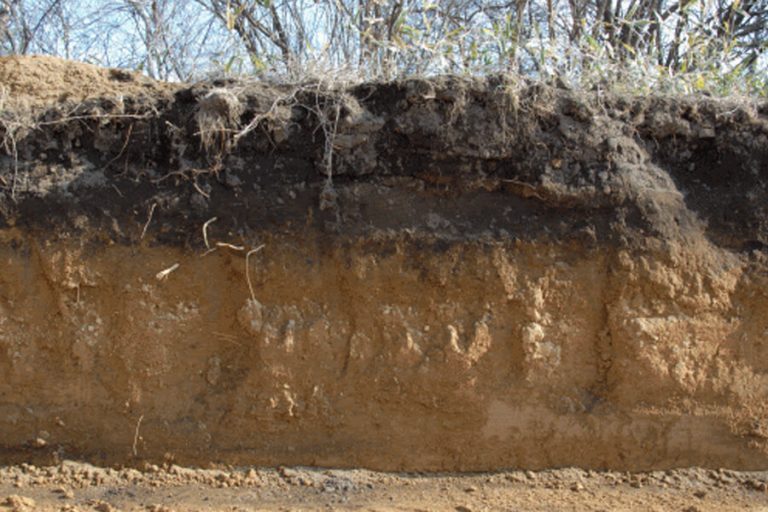Akadama

Akadama is a specific type of volcanic clay found only in Japan. It can be found in the Criptomerie forest which is nearly 3 meters under the ground. Here is a heating and drying extraction process that can eliminate any type of bacteria and even a small trace of parasites and so that you will get the sterilized and safe final product.
Akadama is one of the key ingredients required for the bonsai soils and to make the right soil for succulents and cactus. It needs to be mixed with other important products lapillus, peat, sand or pumice. This type of soil is good for the plants as it is enriched with necessary products for plants like minerals and it can easily maintain humidity at the right level. But there is no necessary nutrient in this type of soil that you need to provide through external sources like the fertilizer. You can recognize the soil for its different or unique color that is between brown and yellow. This color turns dark as it is wet and turns yellow as it is dry.
Akadama Properties
The PH level of the soil is approx 6.5 to 6.8 and it has the specific property that can turn into the hard cakes or the low-quality soil. This type of soil can ensure aeration of plant roots by staying open. This soil is also good repotting where it is important to callus in the stalks that may damage during the cleaning time of the roots.
The transportation cost of this type of soil is high and so the availability, so it may affect the price of the soil too. Maybe this is not the cheapest choice for the substrate but it comes with many benefits. You can use only a small amount of the product and this amount is accessible to everybody.
How do you use Akadama?
In the world of horticulture, Akadama has several uses:
You can use this component on the top when potting your succulent
This is also very good to promote faster growth of succulents
You can use it for bonsai too if mix it with peat, sand and compost
Why is Akadama Used for Bonsai Soil?
Akadama is beneficial also if you use it in your potting mix for bonsai. It can retain water best and well-draining soil. The particles of Akadama breaks down eventually over time and enrich the soil quality too.
To transplant the bonsai, you need to have well drainage soil for the cutting roots so that it can grow into new roots. The roots can grow faster while helps the plants from the stress that they have during repotting.
With the growth of the roots or constant watering Akadama particles breakdown easily. Smaller particles have more ability to hold the water. With more time, they break down completely and became small pieces of clay.
For bonsai cultivation, it is important that the soil particles breakdown because such type of particles allows the slower but healthy growth of the plants. During the time of refinement or the development of the bonsai, slow growth is the most important thing because different shoots can thicken up the old brunches and change the old plants to a new one.


Are Akadama good for Succulents?
For the growing and healthy succulents, Akadama can be the best choice. This type of potting mix has a great drainage system and promotes good root development. This is a high-end porous and can hold the nutrients best to promote better growth.
Watering succulent is quite a sensitive matter and it can damage or die easily due to overwatering. Succulents are quite different than the other tropical plants and they are xerophytes. You need to set specific watering schedule for succulents.
You need to water the succulents when the soil is completely dry. You can use homemade soil mixtures or the cactus soil mix for succulents but keep a moisture meter. You can dip your finger in the soil to know if it is completely dry. But when you are using Akadama, you need to worry about such issues or regular moisture checking.
The color of Akadama turns darker as you water on it. The color remains the same until it is completely dry. So it is easy to check the moisture level of the soil and you need to water it only when it turns to its original shade.
Keep eyes that you don’t overwater them or don’t leave under-watering. If you have any type of doubt, wait for a few days.
Chemical Composition of Akadama
- silicon dioxide (42.7%)
- Aluminum oxide (25.1%)
- Iron oxide (8.4%)
- Magnesium oxide (2.5%)
- Calcium oxide (0.98%)
- manganese oxide (0.15%)


